We’re uncovering why conventional dry shampoo is bad for your hair and the best way to increase hair volume and fullness
Written by: 100% PURE®Are you a dry shampoo addict or just use it in a pinch? We’ve all been there, maybe you hit snooze a few times too many, or you’re trying to extend your blowout session an extra day. Dry shampoo can be a beauty game-changer but it can also be a hidden source of toxins and future scalp problems.
That’s right! The invigorating foaming party on our scalps and that squeaky-clean feeling after cleansing our strands turns out that those suds are actually duds for our hair. We’re covering the in’s and out’s of dry shampoo, while featuring an easy-to-follow guide on how to properly shampoo your hair with natural shampoo – plus the best product for healthy, volumized hair!
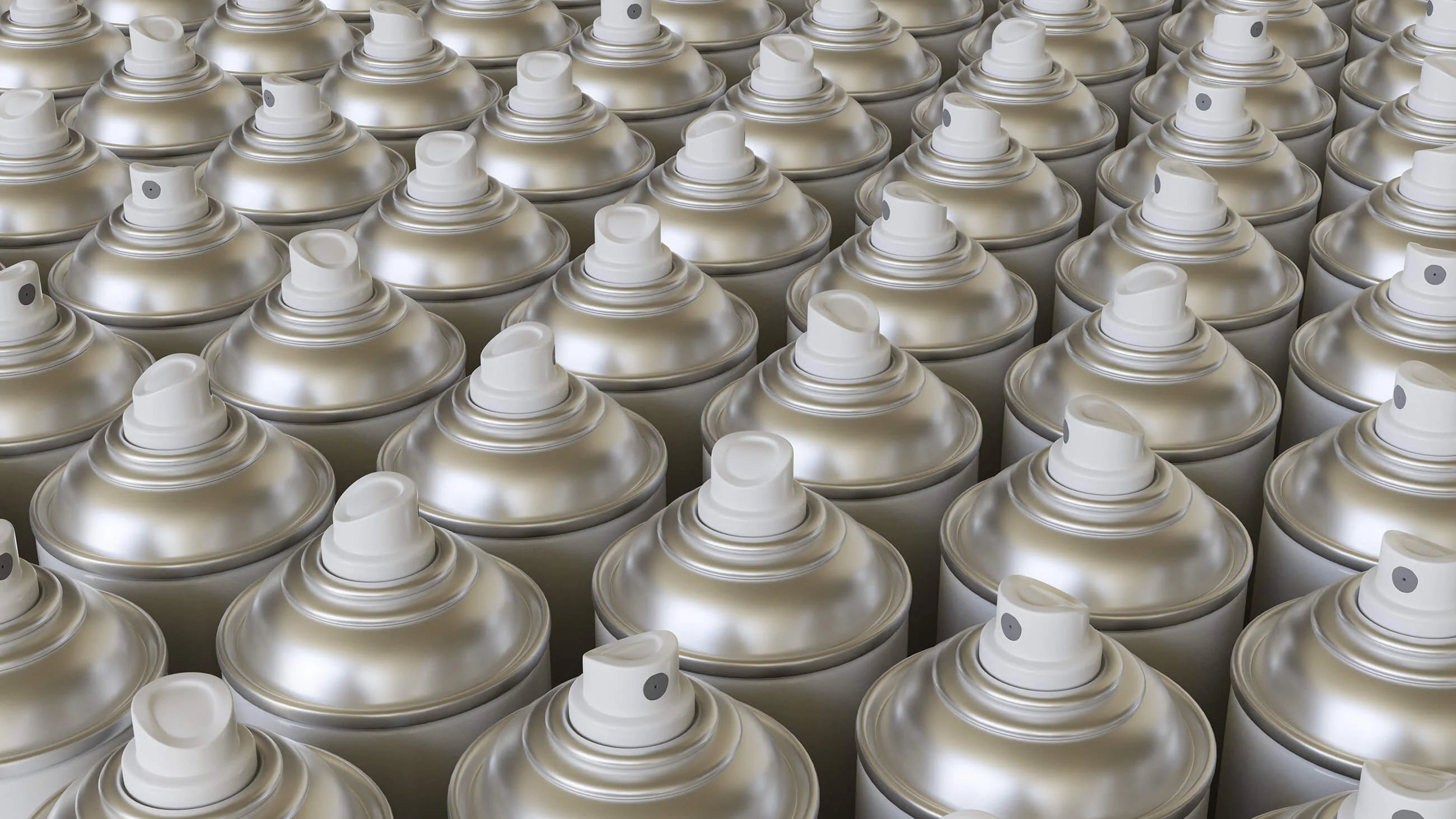
1. Does Conventional Dry Shampoo Actually Clean Your Hair?
ANSWER:The short answer, no. Dry shampoos should not be a replacement for actual hair cleansing and clarifying with shampoo. Our scalps need the benefit of shampoo cleansing to rid our heads of excess scalp oil. If you’ve been relying heavily on dry shampoo to cut down your shower time, we’d recommend only using a natural dry shampoo when you absolutely need it. Otherwise you’re risking damage to your follicles and the potential of dandruff.
2. Is Aerosol Dry Shampoo Better Than Powder Dry Shampoo?
ANSWER:Absolutely, no, on this one. While the convenience factor might be enticing - just a few quick sprays to blast away oil - the environmental impact is much worse. Aerosol propellants are depleting and damaging our ozone layer. We need the ozone to shield us from the sun’s harmful UVA/UVB rays and act as our built-in sunscreen layer. Without it, NASA has theorized rapid climate change via rising temperatures. Let’s not continue to harm the ozone layer with ozone-depleting products like aerosol dry shampoos.
3. Is Talc in Dry Shampoo Safe?
ANSWER: Another no, here, too. While talc is still used in many conventional dry shampoo formulas, it does not mean it’s a “safe” ingredient. The use of talc has been linked to cancer. Safer and natural alternatives are rice, charcoal or bamboo powders.
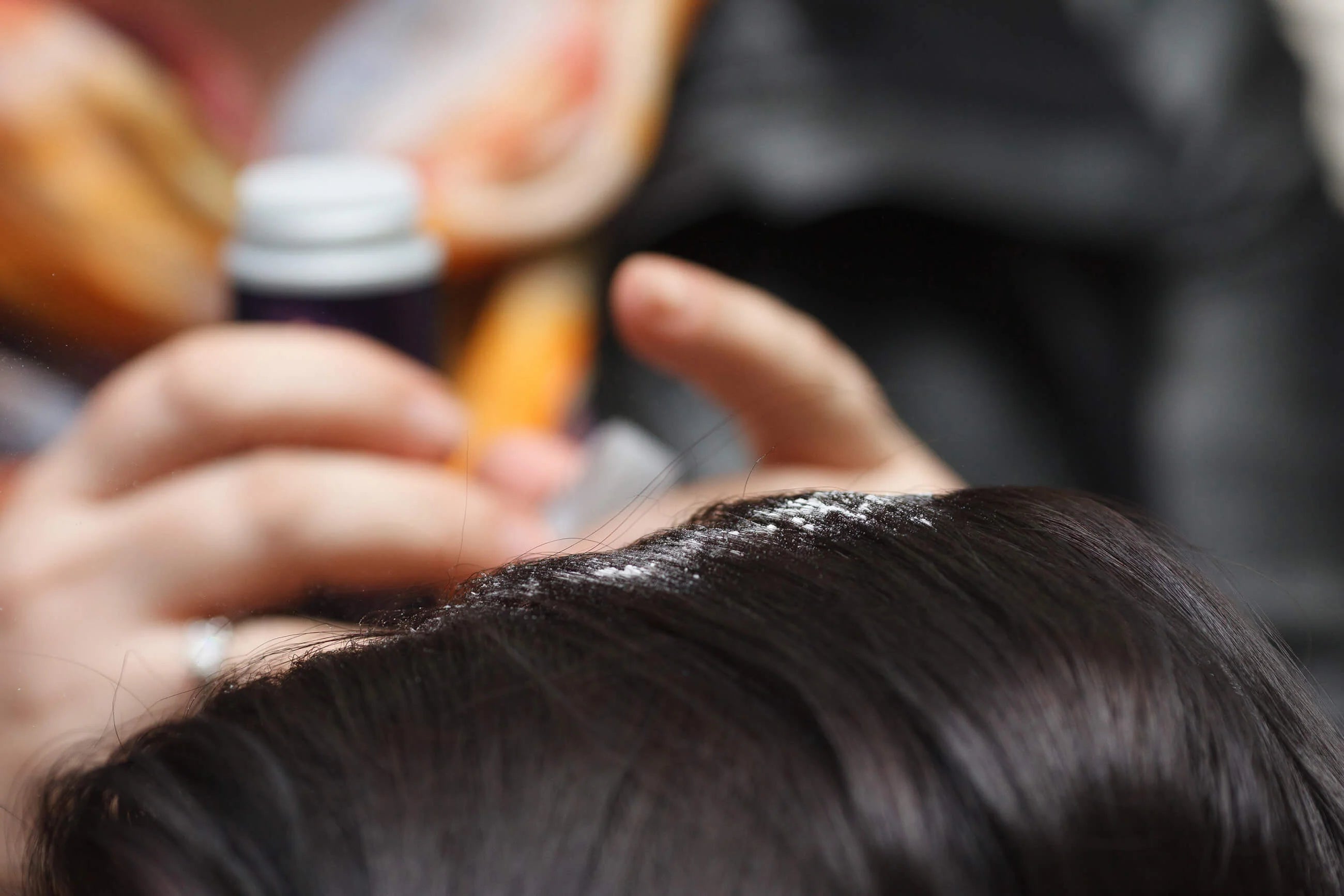
4. Is Conventional Dry Shampoo Bad for My Hair?
ANSWER: Yes and no. It can be harmful to your hair if you are relying solely on dry shampoo and not taking the time to properly shampoo and cleanse your scalp and hair in between uses. We live in a high demand, fast-paced world, so little shortcuts to get more minutes back in the day can be a godsend. Make sure to use a natural dry shampoo when only necessary to keep your hair and scalp healthy and happy.
5. Can Traditional Dry Shampoo Cause Breakouts and Acne?
ANSWER: Yes. Same deal here. If you aren’t cleansing and clarifying your scalp, there will eventually be a heavy buildup of powder, oil, and dead skin cells, which can lead to clogged pores. Congested pores can lead to breakouts and irritation on your scalp. We’re already battling acne on other parts of our body, so let’s leave our head off the table.
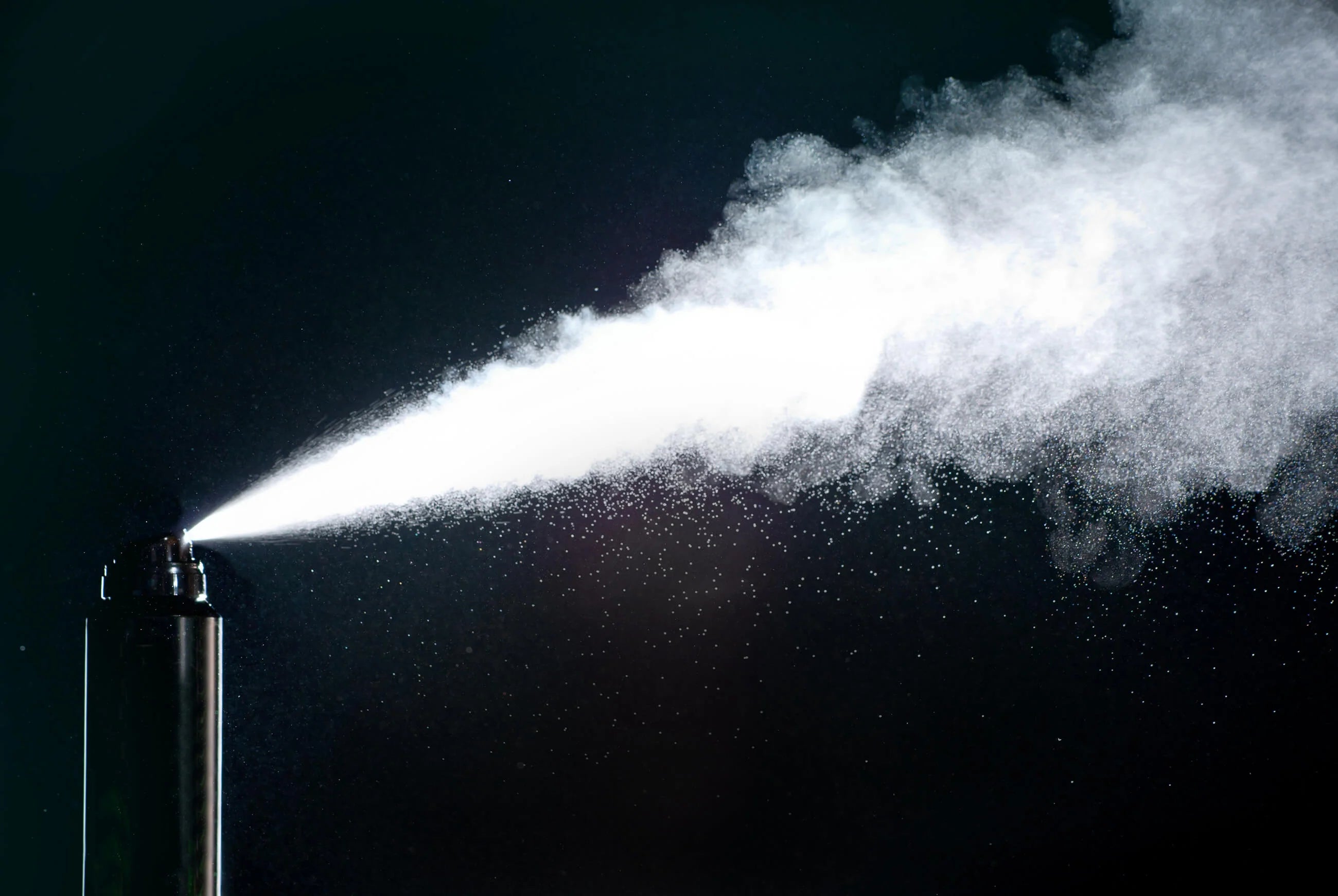
When you start actively reading ingredient labels, it’s hard to stop. Consciousness is irreversible and pouring over the long list can be slightly addicting due to our curiosity of the unknown (just us?). We scoured the internet to save you time and picked out the top six common and toxic dry shampoo ingredients that you should be avoiding.
It’s all a personal choice, but why use potentially harmful hair products when you can opt for natural and safe? Read below to see if any of the usual suspects are in your dry shampoo brand and check out our natural dry shampoo DIY recipe if you are ready to ditch the toxins completely.
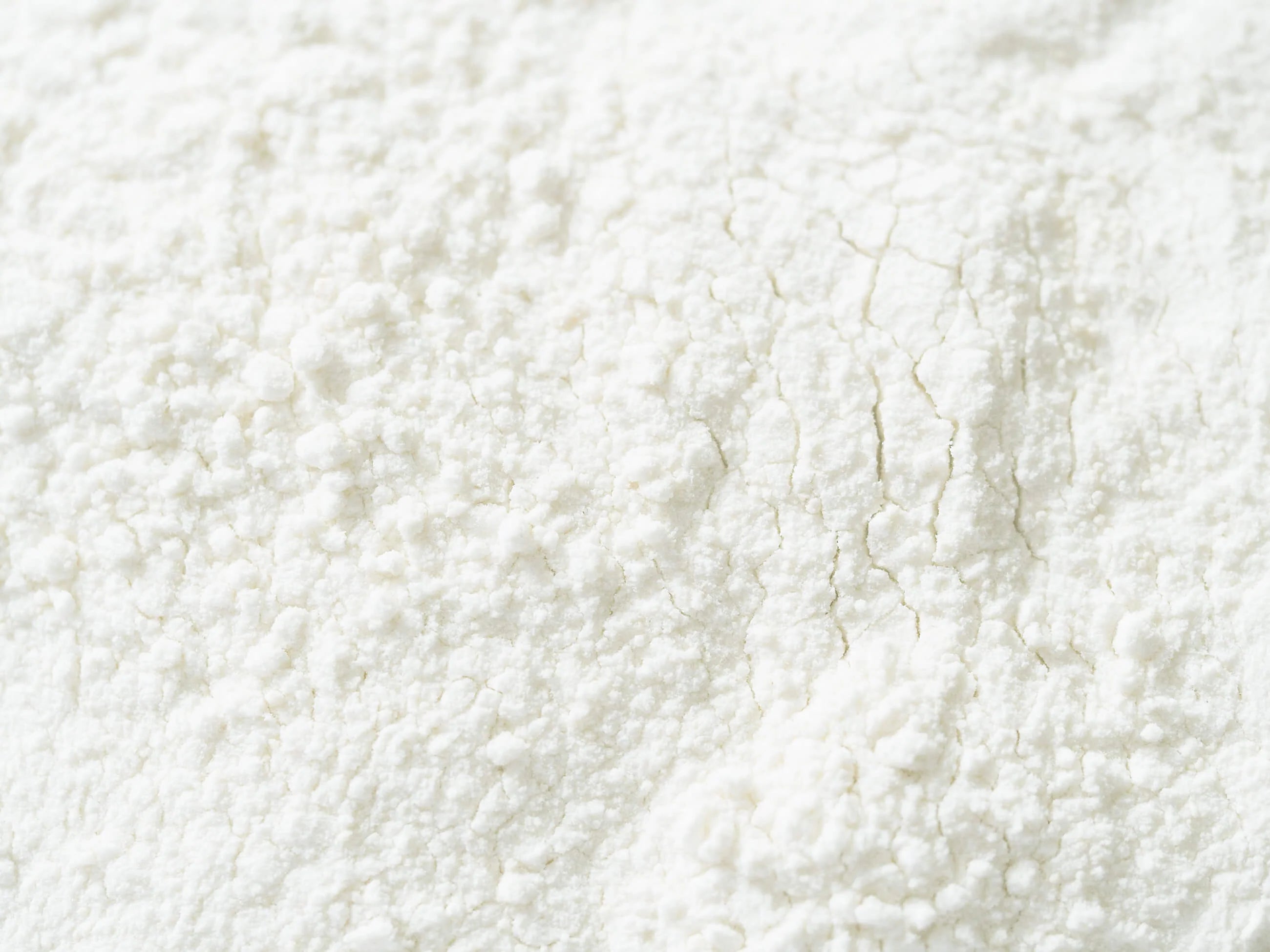
1. Talc
We exposed commercial cosmetic talcum powder earlier, when we exposed that toxic talc could be hiding in your makeup posing skin risks, and here it is again, lurking in conventional dry shampoos. Talc is used in dry shampoo formulas because of its excellent absorbent abilities, which makes perfect sense until you learn more about its dark underbelly.
Talc is a material made of magnesium, silicon, and oxygen and may also have asbestos fibers. It’s the asbestos fibers that are the scary part, which can pose health risks such as respiratory toxicity as well as cancer.
2. LPG's (Liquid Petroleum Gas) Butane, Propane & Isobutane
This toxic aerosol ingredient is what’s jetting your dry shampoo at top speed towards your roots. While there can be pump spray bottles or loose powder dry shampoos, most dry shampoos are in an aerosol container. It’s already widely known that this odorless, colorless gas is extra harmful to our precious ozone layer.
Additionally, aerosols can make the air around you difficult to breathe, can cause headaches, or even nausea to you and everyone near the area you’re spraying in. Save the earth and the people around you from unnecessary LPG exposure.
3. Phenoxyethanol
While this chemical can be found naturally in green tea (go, nature!) we’re talking about the synthetically manufactured version that’s known as a “natural identical.” We’re on team “if it ain’t broke, don’t fix it,” so we’re not sure why anyone would opt for a lab ingredient Frankenstein versus the original goodness. Phenoxyethanol’s purpose is to help fight bacteria.
The EU and Japan have approved the use for up to 1%, but we can’t help but think of the cumulative effects of this controversial dry shampoo ingredient. The jury is still out on the safety and long-term effects of Phenoxyethanol, but studies have shown it can lead to developmental and reproductive issues, as well as being linked to cancer. We’ll take a hard pass and stick with the green tea version.
4. Cetrimonium Chloride
If you are looking to banish hair static, cetrimonium chloride is your conventional dry shampoo ingredient addition. We get it, no one wants to walk around with a head of hair that looks like a physics project gone hair-rific! But this toxic dry shampoo ingredient has been classified by the EWG as toxic, irritating and allergenic, not to mention lethal if orally ingested.
As the U.S. is playing catch up to the world in cosmetics regulations, we couldn't help but notice that the EU Cosmetics Directive only allows a maximum concentration of .1% to be used. If you’re looking to learn about regulations in the beauty industry, read more about how The EU Banned 1328 Chemicals from Cosmetics but the US Banned Only 30.
5. Alcohol
The purpose of dry shampoo is to draw moisture and oil away from the scalp, and this is where alcohol comes in. Alcohol can be extremely drying to our delicate strands and head, absorbing natural oils that are needed for a healthy scalp. Excessive use of dry shampoos that contain alcohol can lead to long-term hair and scalp damage. When dry shampoo is used too often, it can cause dandruff, dryness and blocked pores.
6. Siloxane, Silicones & Octamethylcyclotetrasiloxane
If you’ve been following our blog, you already have a good grasp on silicones and why we’re so against them in skincare and beauty. Silicones and siloxanes are used in a variety of conventional beauty products and are commonly included for their ability to not break down during application and to help product formulas dry faster.
There has been a slight shift away from this questionable ingredient after scientific studies, and Canada and California have been taking a closer look at these ingredients in personal care products. But overall, silicones are still very common in personal care products – but not in 100% PURE’s formulas!
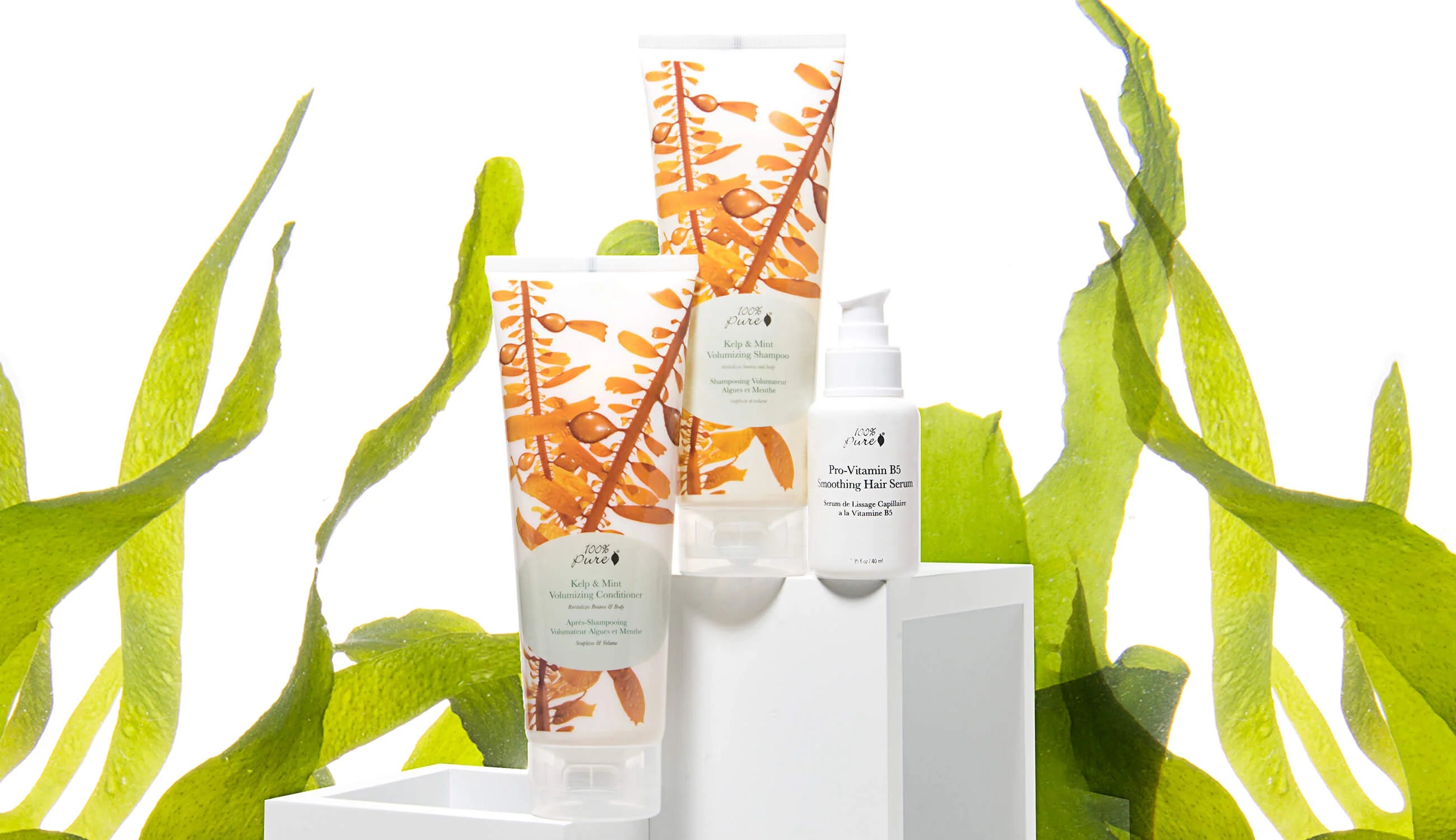
You might already be a shampoo pro, but if you aren’t sure you’re correctly shampooing your hair, we’ve here to help! To take the guesswork out of your hair care routine; we also created a special hair care bundle to help revitalize your locks.
Step One: Choose a Natural Shampoo
We all have different types of hair, and not every natural shampoo works for every hair type. Luckily, we’ve taken the tricky part out of decoding your perfect natural shampoo with a helpful guide on how to choose the correct natural shampoo and conditioner. Whether you tend to be more oily prone or frizzy, we’ve got a natural shampoo for you!
Step Two: Turn the Water Temp Down
While we love a good, hot steam session, your hair doesn’t appreciate it as much. Extra hot water can be drying and damaging to your hair. To achieve the best shampoo results, make sure your hair is extremely saturated with water before applying natural shampoo to your roots. This will allow the shampoo formula to go to work for you with ease and help eliminate residue build up on your scalp and hair.
Step Three: Scalp Massage
After you are all suds-up, get in there with your fingers and give your head a nice scalp massage. Make sure to focus on the entire scalp to help promote growth and get into any areas that have extra oil or dead skin cell build-up
Step Four: Rinse Thoroughly
When you feel like you’ve given your scalp a good gentle scrub down, rinse with lukewarm water until all shampoo product has left your hair.
Step Five: Condition
The same goes for natural conditioner, pick the correct formula that suits your hair type. Feel free to mix and match between the hair care collections. Once you’ve gently squeezed out the excess water in hair after shampooing, apply a generous amount of conditioner to the strands, avoiding your roots and base of your scalp. This will help prevent oily roots.
PRO TIP: When drying your hair, avoid harshly rubbing in between a towel. This friction causing motion, which can lead to hair damage and breakage.
PRO TIP: Avoid brushing your hair while wet. When hair is wet, it’s extremely susceptible to breakage and damage, too. Opt for a wide-tooth comb to gently comb strands into place and work out any tangles.
If you’re still wondering why it’s worth switching to natural hair care products, let us break down for you the amazing ingredients in our natural hair care formulas. Trade in icky ingredients for lush botanicals and herbs that pack a potent punch of nourishing vitamins and minerals. You’ll be well on your way to your ultimate hair goals in no time.
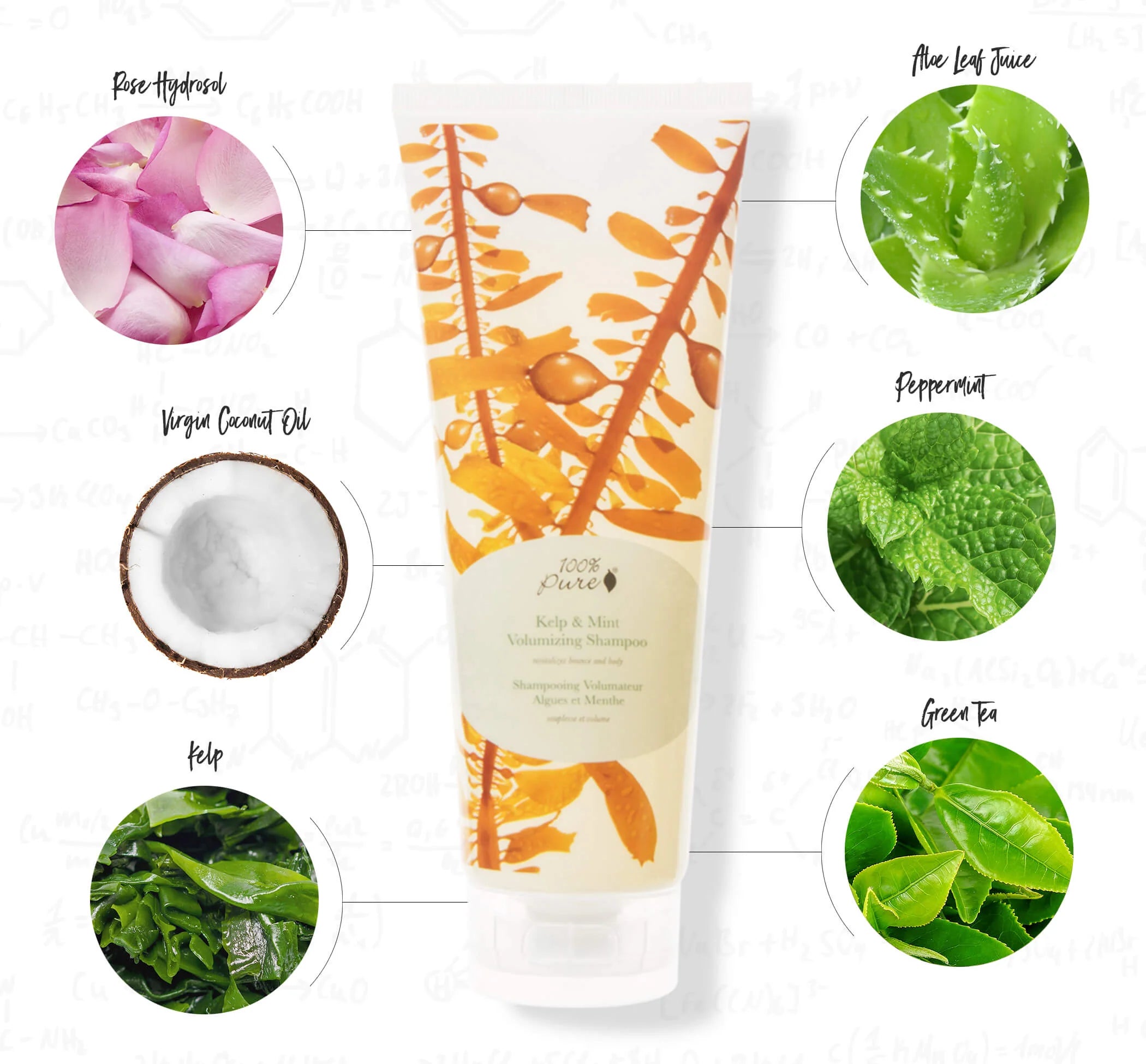
If you have fine hair and have been searching for a volumizing shampoo, your hunt is over. Our Kelp & Mint Volumizing Shampoo checks off all the wishlist boxes. It’s safe for color treated hair, vegan, gluten free and did we mention the invigorating peppermint smell? With key ingredients like plant cellulose, peppermint, and kelp, our volumizing hair collection was developed for people with fine hair in mind.
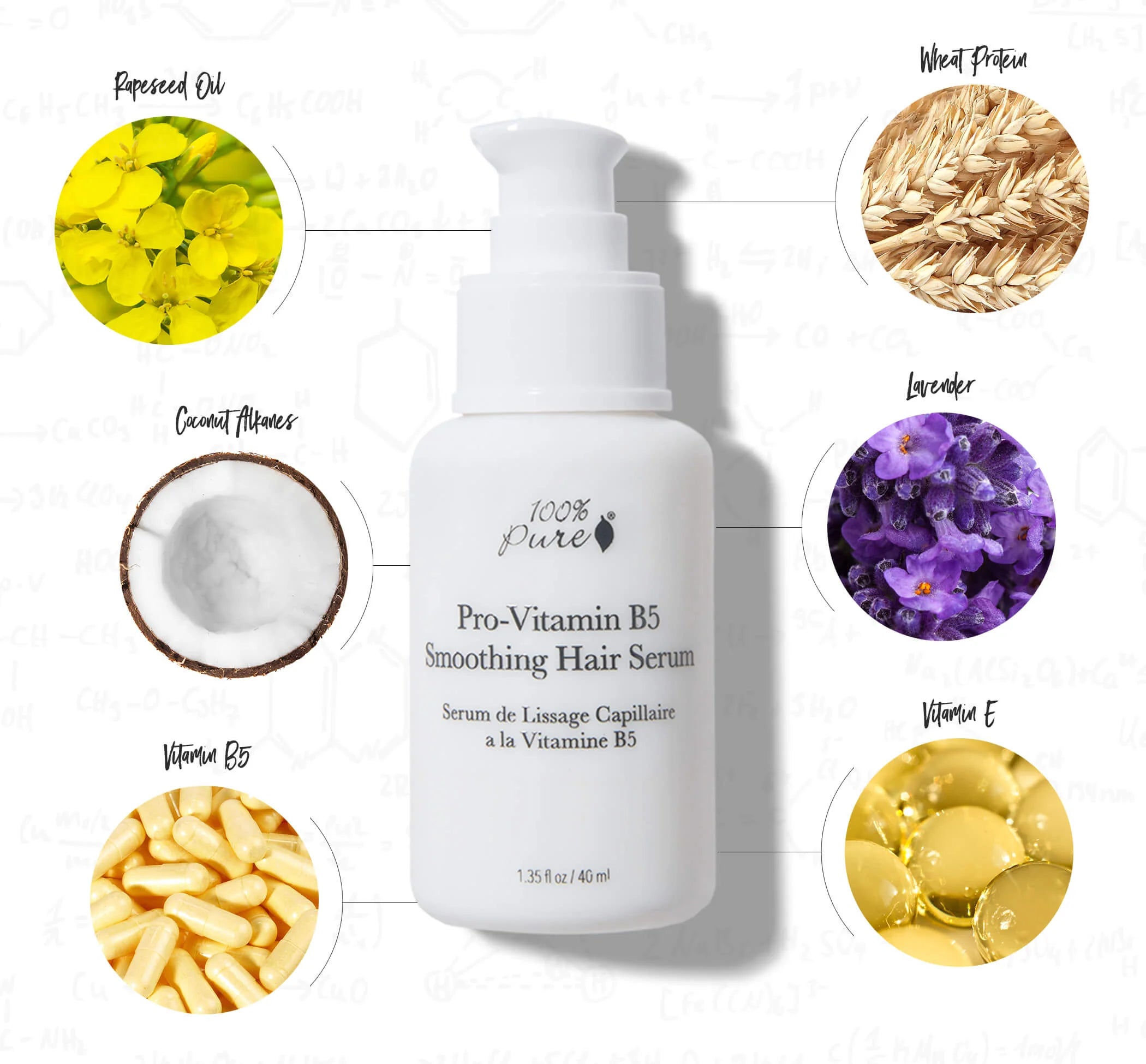
This super nourishing formula gives your lovely locks extra fullness, body and shine - three major hair care solutions you’ve been looking for! The gentle zip from peppermint will help to stimulate your scalp, while kelp works on thickening your hair. Who knew that kelp could also add that perfect amount of shine? Did you know that peppermint oil can help stimulate hair growth? Done and done.
Now that we have ticked boxes on frizz control, and adding fullness and volume to strands, what about hair growth? We’d all love to have more tresses if that means more va-va-voom in a fuller mane! A rosemary hair serum is going to offer some of the most targeted benefits – and we have the perfect growth serum for your hair needs.
Our Rosemary Grow Serum makes the ideal hair serum for growth, conditioning and strengthening. Formulated with the correct percentage of rosemary for clinically-proven hair growth, this serum is invigorating and stimulating on the hair follicles for a fuller mane. Just a few drops on the scalp and roots daily can help promote healthy hair. Try using it after washing your hair for additional conditioning benefits - rosemary's unique scent will invigorate both your senses and your scalp.
Developing an effective and consistent hair care routine is essential for achieving beautiful, healthy hair. And that means not skipping often with the importance of cleansing your hair with the best natural shampoo. Not only will a good regimen provide the nourishment and protection needed to promote growth, but it can also cut down on how often you feel the need to spritz your strands away with harsh dry shampoos.
To take your routine to the next level with the best natural shampoo. rosemary oil can be used as an all-natural booster for hair growth. This scented oil works with your scalp’s natural sebum production to prevent dryness and give your mane a glossy shine. With rosemary oil in tow, you can achieve optimal hair health with minimal effort!
From promoting healthy scalp skin and hair growth to preserving the environment, a natural shampoo has it all. So, make the switch today and see the difference for yourself. Say goodbye to harmful dry shampoos and hello to beautiful, healthy hair and scalp.
Newsletter Subscribe
for more blog updates and exclusive discounts
- Tags: Hair, Hair & Body, Hair Care, May-2023
We carefully hand-select products based on strict purity standards, and only recommend products we feel meet this criteria. 100% PURE™ may earn a small commission for products purchased through affiliate links.
The information in this article is for educational use, and not intended to substitute professional medical advice, diagnosis, or treatment and should not be used as such.











